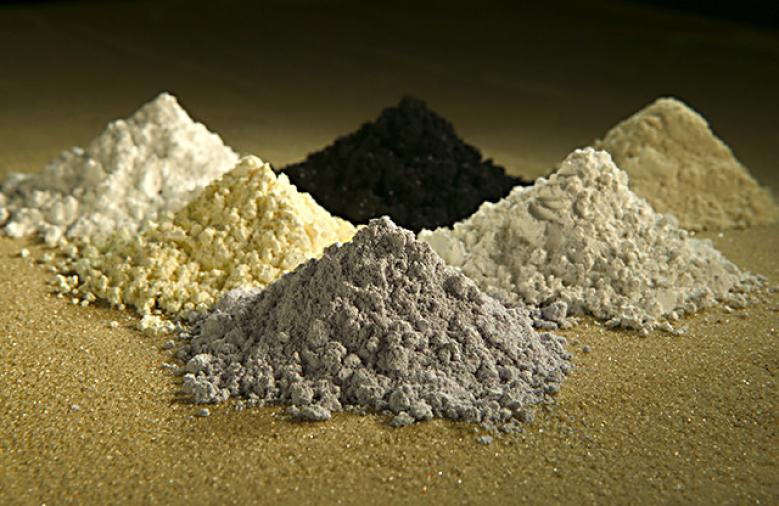The United States‘ reliance on China for rare-earth minerals (REEs), which are used used as components in high technology devices across a wide spectrum of civilian and military applications, is becoming ever more problematic as U.S.-China relations continue to deteriorate, argues Andy Home, a columnist for Reuters. As the US Department of Defense has just committed funding for two rare earth separation plants on U.S. soil, this is only one small step towards the Trump administration’s stated goal of breaking the country’s dependence on Chinese supplies of critical minerals. But the direct involvement of the Pentagon underlines the scale of the task associated with creating from scratch a non-Chinese rare earths supply chain.
The U.S. was almost totally dependent – to the tune of around 80% – on imports of rare earth compounds and metals from China during 2017-2019. To break the dependence, as the U.S. is finding out, requires a mix of direct government support, alliances with like-minded countries, and a long-term focus on the six-stage process chain from ore to rare earth magnet. The U.S. now produces rare earths at the reopened Mountain Pass mine in California, bought out of bankruptcy in 2017 by MP Materials, an investment vehicle backed by U.S. funds JHL Capital Group and QVT Financial. The mine produced 26,000 tonnes of light rare earth oxide in concentrate form last year, accounting for 12% of global production, which has helped weaken China’s dominance of the first-stage of the global rare earths chain. However, China’s control of global processing capacity is still almost total, with the exception of Australia’s Lynas Corp which operates a separation plant in Malaysia.
What’s currently mined at Mountain Pass gets shipped to China to be upgraded into compounds and products which are then shipped back to the U.S. MP Materials is one of the three companies chosen to receive direct government funding for a separation plant, albeit only after a review into its Chinese shareholder, Shenghe Resources. Lynas, meanwhile, is teaming up with Texas-based Blue Line on a heavy rare earths separation plant. The problem, though, is that the oxide generated at both separation plants may still have to go to China for further processing. As the U.S. pursues China up the rare earths value chain, it is finding that each segment poses its own problem all the way through to finished product.
The country currently has virtually no capacity to produce neodymium-iron-boron (NdFeB) magnets, the most common end-use application for rare earths and one that is set for exponential growth as the global automotive industry migrates to electric vehicles. Ironically, General Motors, which held one of two original patents for such magnets, sold the rights to China. Japan’s Sumitomo sold the other to Hitachi, which is now the primary supplier outside China. Also, market forces actively work against the reconstruction of that domestic capacity in the U.S., with car companies incentivised to choose lower-priced Chinese magnets over higher-priced, start-up Western rivals. The U.S. is also learning that it’s going to need allies if it is to regain some control of the rare earths sector, which is also why it has been busy building potential alliances with both Canada and Australia across a range of critical minerals.




